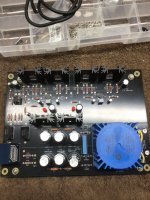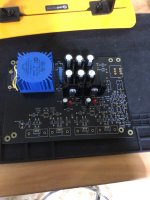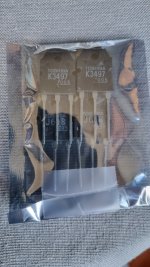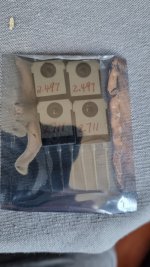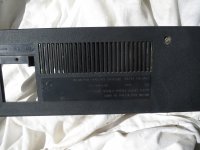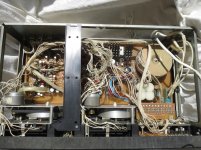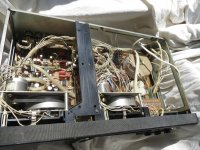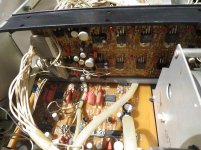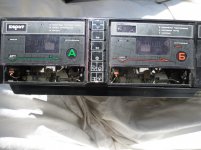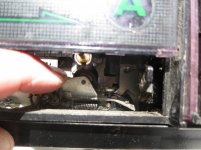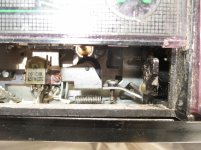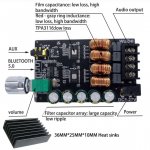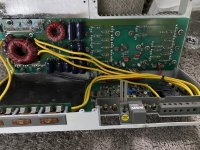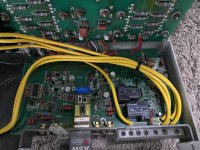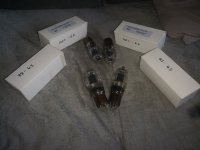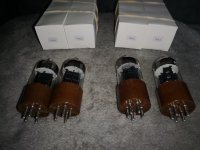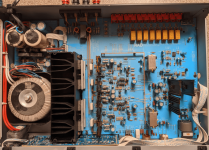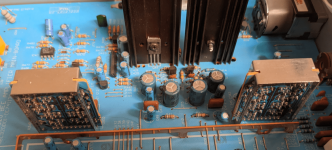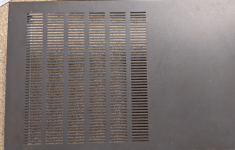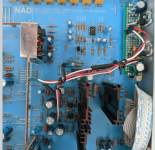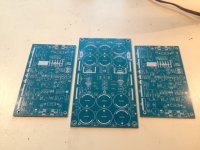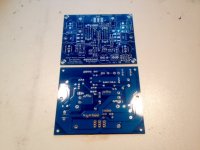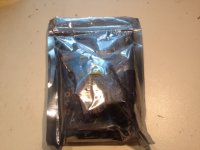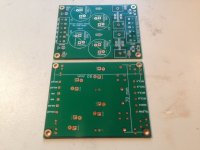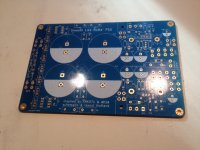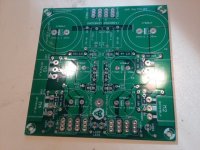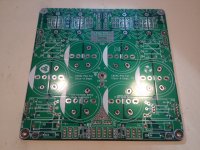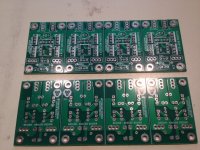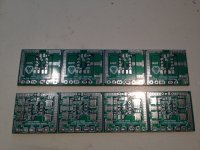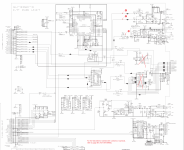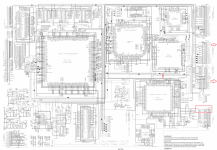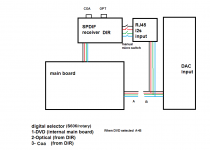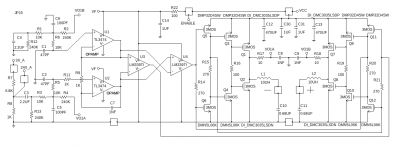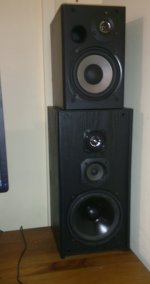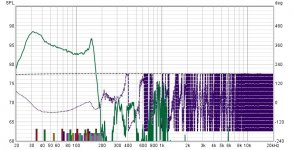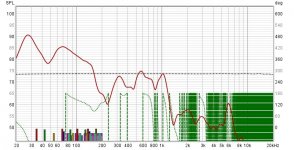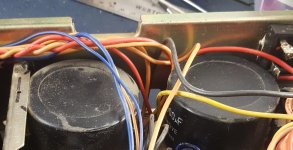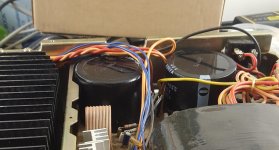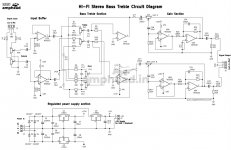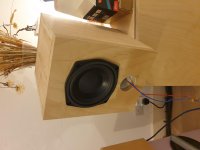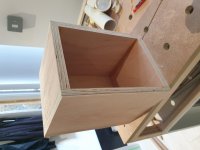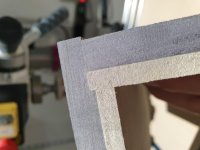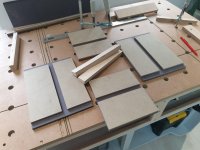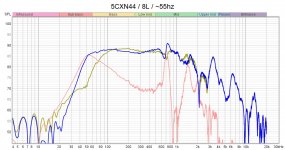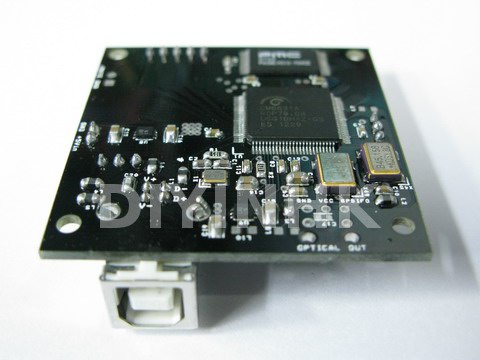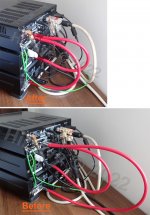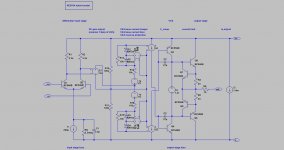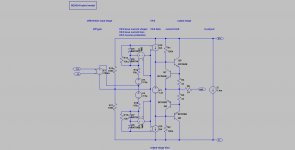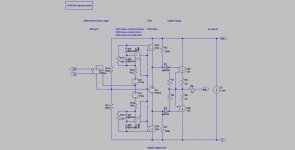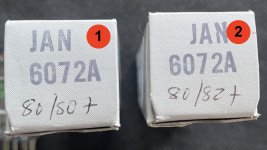WHAMMY Build Questions
Hi,
I am brand new to this forum. Please let me know if I'm violating any rules. I'm in the middle of my WHAMMY build and I am stalled due to missing/incorrect parts. I sent an email of to the diyaudiostore customer support.
In the meantime it seemed like the opportune time to ask a few questions about the build. I am building the stock version of the kit. Mine came with the AMVECO 12.5 VA + 12.5 VA/18 V + 18V transformer. I am using the red LEDs in the power supply section for reference voltage.
1) My op amp is labeled 458,000 JRC A133 A. I can't find the data sheet for it. Should I be using the optional 22uF/25V caps at C26 and C27 or should I jumper those pads? My understanding is that if this op amp is bipolar, I should use the caps.
2) In the build guide the shielded cable used for inputs/outputs has the shield connected at both ends....at the jacks and at the pcb. In all the preamps I have built I was advised to connect the shield at the jacks, but not at the pcb. Doing so, I was told, could induce ground loop hum. What should I be doing here?
3) I've read all the threads about wiring the panel mounted LED, but I'm still confused. A clear 5mm LED was supplied with my kit. Given the transformer I have at what specific pads on the pcb should the anode and cathode be attached? What value resistor should I attach in series with the anode? If after attaching the resistor I wish to lessen the brightness of the LED I could increase the size of the resistor, correct?
Thanks in advance,
John
I am brand new to this forum. Please let me know if I'm violating any rules. I'm in the middle of my WHAMMY build and I am stalled due to missing/incorrect parts. I sent an email of to the diyaudiostore customer support.
In the meantime it seemed like the opportune time to ask a few questions about the build. I am building the stock version of the kit. Mine came with the AMVECO 12.5 VA + 12.5 VA/18 V + 18V transformer. I am using the red LEDs in the power supply section for reference voltage.
1) My op amp is labeled 458,000 JRC A133 A. I can't find the data sheet for it. Should I be using the optional 22uF/25V caps at C26 and C27 or should I jumper those pads? My understanding is that if this op amp is bipolar, I should use the caps.
2) In the build guide the shielded cable used for inputs/outputs has the shield connected at both ends....at the jacks and at the pcb. In all the preamps I have built I was advised to connect the shield at the jacks, but not at the pcb. Doing so, I was told, could induce ground loop hum. What should I be doing here?
3) I've read all the threads about wiring the panel mounted LED, but I'm still confused. A clear 5mm LED was supplied with my kit. Given the transformer I have at what specific pads on the pcb should the anode and cathode be attached? What value resistor should I attach in series with the anode? If after attaching the resistor I wish to lessen the brightness of the LED I could increase the size of the resistor, correct?
Thanks in advance,
John
